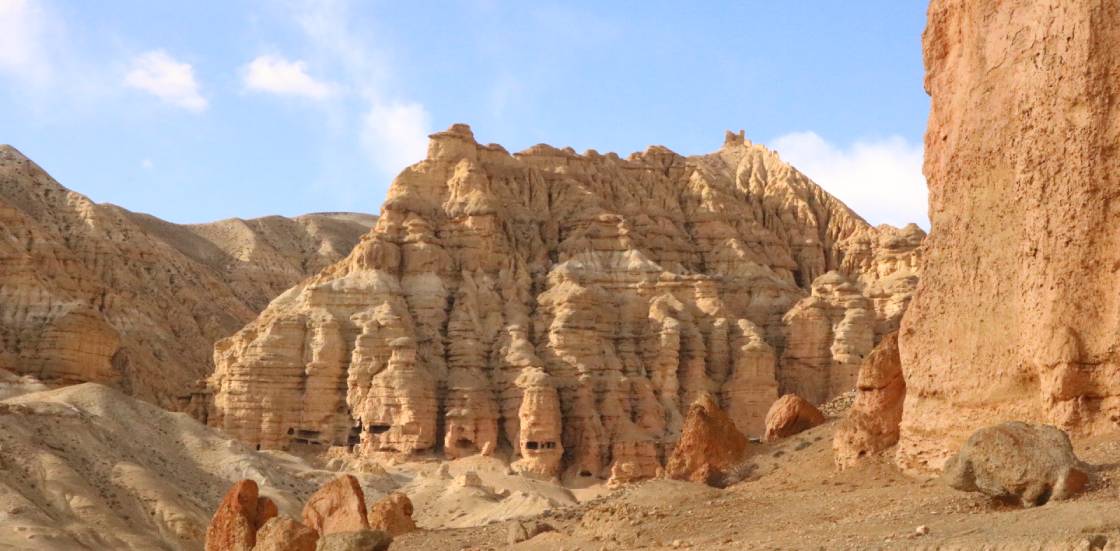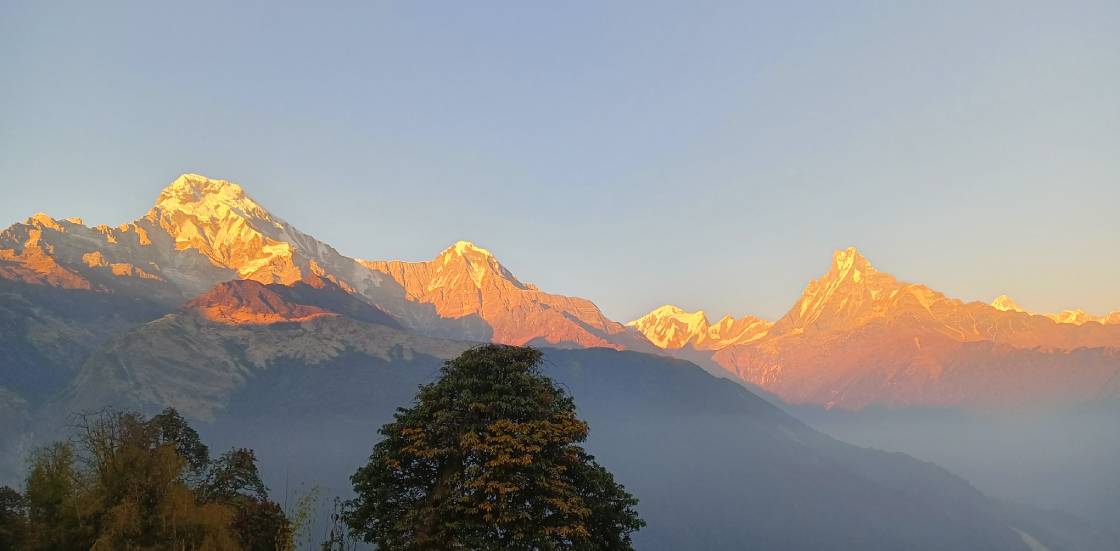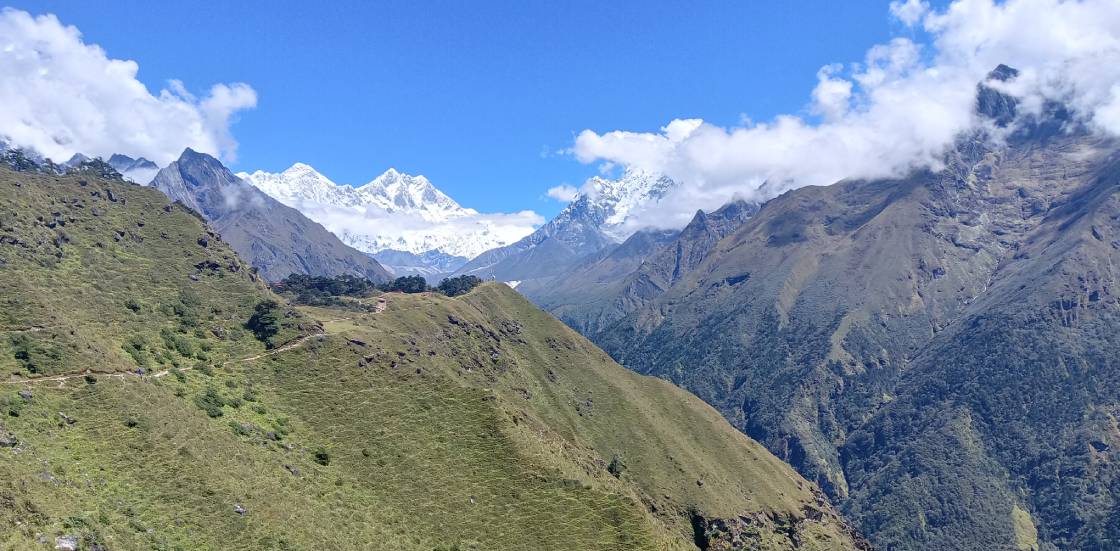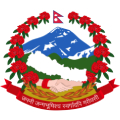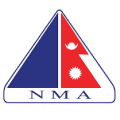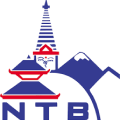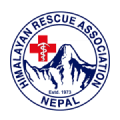Everest Panorama Trek
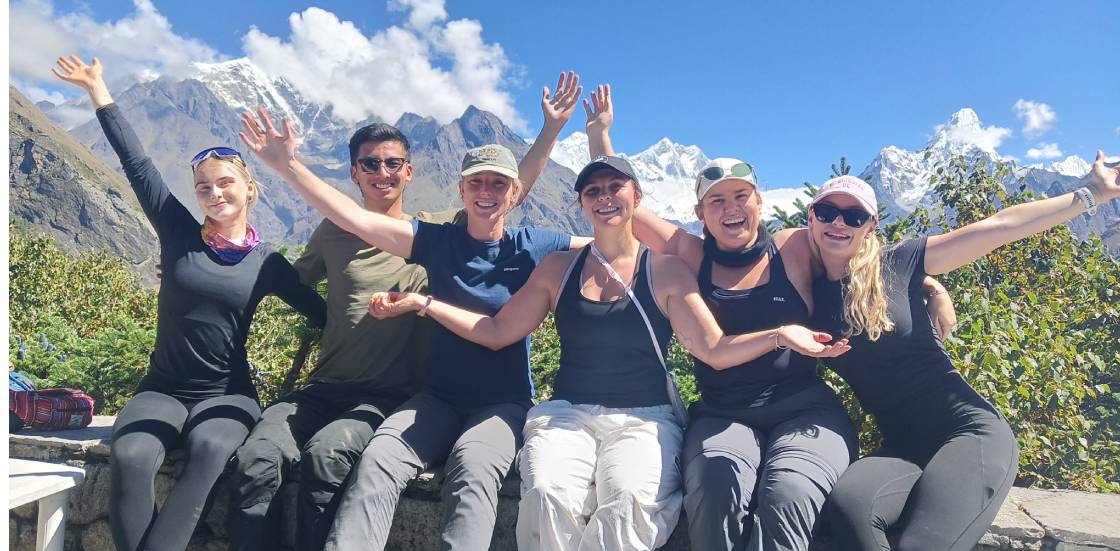
Trek Duration
10 days
Best time to go
Sep-Nov, Mar-May
Group Size
2-25 People
Max Trekking Altitude
3867m
Accommodation
Teahouse
Trek Grade
moderate
Area
Everest Region
Hours of Walking
4-9 Hours per day
Start point - End point
Kathmandu
The Everest Panorama Trek is one of the most breathtaking and rewarding short treks in the Everest region, offering trekkers a glimpse of the world’s highest peaks without requiring extensive trekking experience or long days of hiking. This trek is a perfect blend of natural beauty, cultural exploration, and adventure, making it an excellent choice for those who wish to witness the majesty of Mount Everest and other towering Himalayan peaks in a relatively short period. Unlike the more demanding Everest Base Camp Trek, which takes around two weeks to complete, the Everest Panorama Trek typically lasts 7 to 10 days, making it ideal for travelers with limited time or those seeking a moderate trekking challenge.
Way to Everest Panorama Trek
The journey begins with a thrilling flight from Kathmandu to Lukla, one of the most adventurous airstrips in the world. Lukla, at an altitude of 2,860 meters, serves as the gateway to the Khumbu region and the Everest trekking routes. From here, trekkers embark on a picturesque hike through charming Sherpa villages, lush rhododendron forests, and deep river valleys. The trek follows the classic Everest Base Camp trail, passing through popular stops like Phakding, Namche Bazaar, Tengboche, and Khumjung. These villages are known for their warm Sherpa hospitality, vibrant Buddhist culture, and stunning mountain vistas.
Major Highlight of Everest Panaroma Trek
A major highlight of the Everest Panorama Trek is Namche Bazaar (3,440 meters), often referred to as the “Gateway to Everest.” This lively town is the commercial and cultural hub of the Everest region, offering trekkers a perfect place to acclimatize while enjoying the stunning views of Everest (8,848.86m), Lhotse (8,516m), Nuptse (7,861m), Ama Dablam (6,812m), and Thamserku (6,608m). Trekkers can explore Namche’s markets, visit the Everest View Hotel, or take a short hike to Syangboche for panoramic mountain views.
Another unforgettable part of the trek is visiting Tengboche Monastery (3,867m), the largest and most significant Buddhist monastery in the region. Set against the backdrop of Ama Dablam, Tengboche offers a spiritual experience like no other. The monastery is a center for Buddhist learning and religious festivals, such as the famous Mani Rimdu festival, which attracts monks and pilgrims from all over the Himalayas. The peaceful atmosphere, combined with the awe-inspiring mountain scenery, makes this a perfect spot for meditation and reflection.
The Everest Panorama Trek is known for its moderate difficulty level, making it suitable for trekkers of all ages and fitness levels. While the trek involves some steep ascents and high-altitude trekking, it does not go beyond 4,000 meters, significantly reducing the risk of altitude sickness compared to longer treks like Everest Base Camp or Gokyo Lakes. The well-marked trails, comfortable teahouses, and the gradual ascent pattern make this trek accessible for beginners and families looking for a Himalayan adventure.
In addition
In addition to Everest Panorama Trek is natural beauty, the trek provides a deep cultural experience. The Khumbu region is home to the legendary Sherpa people, known for their resilience, mountaineering skills, and rich traditions. Trekkers have the opportunity to interact with locals, learn about their daily lives, and experience traditional Sherpa cuisine. Visits to Buddhist chortens (stupas), prayer wheels, and monasteries offer insight into the deeply rooted Tibetan Buddhist culture that thrives in the Everest region.
Overall, the Everest Panorama Trek is a perfect introduction to the Himalayas, offering stunning views, cultural immersion, and a rewarding trekking experience without the extreme challenges of longer and higher-altitude treks. Whether you are an adventurer seeking a short yet fulfilling Himalayan journey or a nature lover yearning to witness the grandeur of Everest up close, this trek is a truly unforgettable experience.
Itenary
Cost Include
- International and Domestic airport transfers Pick up and Drop
- KTM-LUKLA-KTM flight ticket
- 3Nights hotel accommodation in double rooms with breakfast
- Accommodation while trekking in the best mountain lodges
- Full board meals (breakfast with tea/coffee, lunch, dinner) during the trek
- All trekking permits (National Park Permit, Entrance fee and TIMS)
- Porter service for members personal baggage
- Experienced and professional trekking guides
- Insurance, wages, and allowances for guides and porters
- Welcome Dinner with Hello Nepal treks team in Kathmandu
- Hello Nepal treks Duffle bags for all trekking maps
- Certificate of Achievement on successful completion of the trek
- A comprehensive First Aid Medical Kit
Cost Exclude
- International airfare and Nepal visa fee
- Personal travel, medical and rescue insurance
- Additional hotel stays in case of early arrival and late departure
- Lunch and dinner (except welcome & farewell dinner) in Kathmandu
- Internet, alcoholic beverages, mineral water, hot shower
- Tips for guides and porters
- Any other expenses which are not mentioned in our Price Includes section.
FAQs
The Everest Panorama Trek typically lasts 7 to 10 days, depending on your starting point and pace. It’s a shorter alternative to the full Everest Base Camp trek, designed for those who want stunning Himalayan views, including Mount Everest, without going to extreme altitudes. The trek usually reaches up to Tengboche, which offers incredible mountain scenery and cultural highlights like the famous Tengboche Monastery.
The Everest Panorama Trek is considered a moderate trek, suitable for beginners with a good fitness level. It doesn’t go as high or as far as the full Everest Base Camp trek, with the highest point being Tengboche at around 3,867 meters. While the trails involve uphill and downhill walking, the shorter duration and lower altitude make it less physically demanding and reduce the risk of altitude sickness, making it a great choice for those seeking a Himalayan experience without intense strain.
Altitude sickness is less of a risk on the Everest Panorama Trek compared to higher-altitude treks, but it’s still possible since the trek reaches elevations around 3,867 meters at Tengboche. Some trekkers may feel mild symptoms like headache, fatigue, or shortness of breath. Taking time to acclimatize properly, staying hydrated, and ascending gradually helps minimize the risk. Though severe altitude sickness is rare on this route, it’s important to be aware and prepared.
The best time to do the Everest Panorama Trek is during the spring (March to May) and autumn (September to November) seasons. These months offer clear skies, stable weather, and the best mountain views, including a good chance to see Everest. Spring brings blooming rhododendrons and colorful landscapes, while autumn offers crisp air and excellent visibility after the monsoon. Winter (December to February) is possible but colder, and summer (June to August) sees heavy rain and cloud cover, making trekking less enjoyable.
During the Everest Panorama Trek, accommodation primarily consists of tea houses, which are basic yet comfortable lodges found in villages along the route. These tea houses offer simple rooms with twin beds, often with shared bathrooms, though a few may have private facilities at lower elevations. The communal dining areas provide warm meals, usually Nepali, Tibetan, and Western dishes. While amenities like hot showers, Wi-Fi, and charging points are available in some places, they may come with an extra charge, and the quality can vary depending on the altitude and location.
Yes, travel insurance is highly recommended for the Everest Panorama Trek. While it’s not legally required, having insurance that covers emergency medical expenses, helicopter evacuation, and high-altitude trekking is essential for safety. The trek reaches altitudes where medical assistance can be difficult to access, so proper coverage for unforeseen events like illness, injury, or trip cancellations is important. Many trekking agencies also require proof of travel insurance before starting the trek.
Yes, you can see Mount Everest on the Everest Panorama Trek. While the trek doesn’t go all the way to Everest Base Camp, it offers stunning views of the mountain, especially from key points like Tengboche and the surrounding ridges. You’ll also get to enjoy views of other iconic peaks, such as Lhotse, Ama Dablam, and Nuptse, making it a great option for those wanting to experience the Everest region without the full trek to Base Camp.
